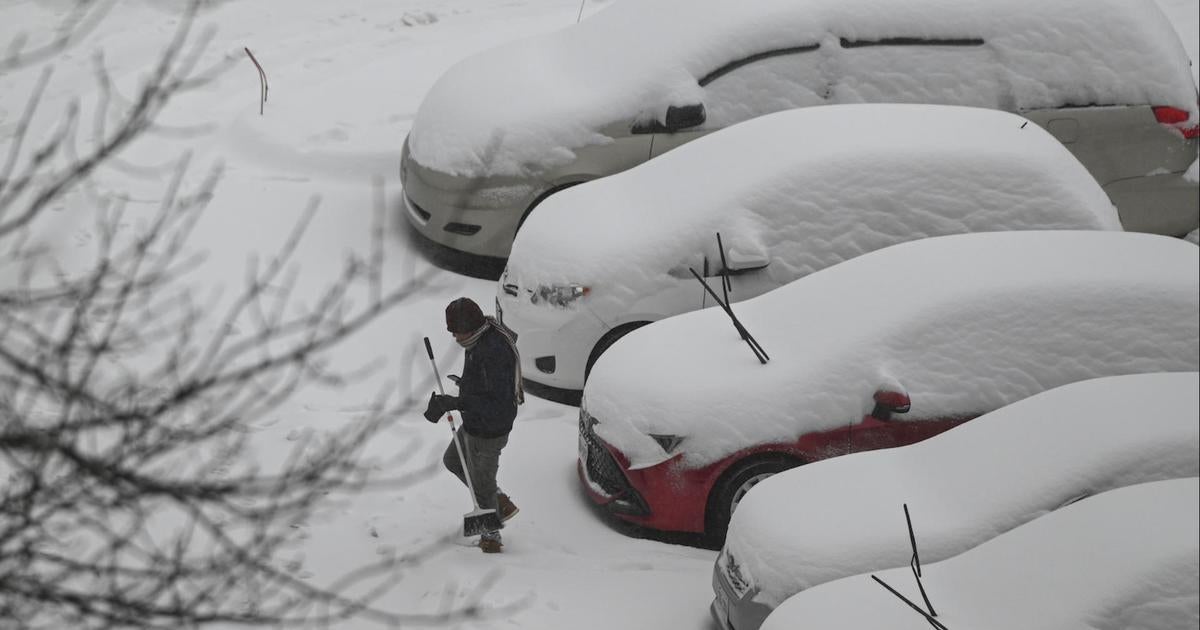Snowstorm Alert: Understanding the Impact of Extreme Weather on the U.S. Landscape
As a powerful snowstorm sweeps across multiple states, communities are bracing for hazardous conditions and significant disruptions. This snowstorm alert is not just a call for individuals to stay indoors; it is a poignant reminder of how extreme weather events are transforming the U.S. landscape. From the picturesque winter vistas to the stark realities of infrastructure strain, this article explores the multifaceted impacts of severe weather on society, the economy, and the environment.
The Immediate Effects of the Snowstorm
Snowstorms can bring a host of immediate challenges. Roads become treacherous, and visibility drops, leading to increased traffic accidents and delays. Power outages occur as snow-laden branches snap and bring down lines, leaving homes without electricity in freezing temperatures. Airports often ground flights, stranding travelers and disrupting logistics.
- Road Safety: The National Weather Service regularly issues warnings about road conditions during snowstorms, advising drivers to stay off the roads unless absolutely necessary.
- Power Outages: Utilities prepare for the worst by preemptively deploying crews, but the reality is that restoration can take hours to days, depending on the severity of the damage.
- Travel Disruptions: Major airports in the affected regions may see hundreds of canceled flights, leaving travelers scrambling for alternatives.
Community Resilience and Preparedness
Communities across the U.S. have learned to adapt to extreme weather, with many developing comprehensive response plans. Local governments often collaborate with emergency services to ensure that resources are available to those in dire need. This includes:
- Emergency Shelters: Many municipalities set up emergency shelters for those without heat or power, ensuring that vulnerable populations have a warm place to stay.
- Snow Removal Services: City workers and contractors mobilize quickly to clear roads, allowing emergency services to access hard-hit areas.
- Community Outreach: Local organizations often step in to provide meals and check on the elderly or those living alone.
The Economic Impact of Snowstorms
While snow can create a winter wonderland, it also has significant economic implications. Businesses may face closures, supply chains can be disrupted, and the cost of snow removal can strain municipal budgets. According to the National Oceanic and Atmospheric Administration (NOAA), winter storms cost the U.S. economy billions annually. Key economic effects include:
- Loss of Revenue: Retail businesses may see a sharp decline in sales during snowstorms, particularly in regions that are not accustomed to heavy snowfall.
- Increased Operational Costs: Companies may incur extra costs for snow removal and maintenance, impacting their bottom line.
- Insurance Claims: Homeowners and businesses may file claims for damages sustained during the storm, leading to increased insurance premiums in the long run.
Environmental Considerations
Snowstorms also have a profound impact on the environment. The accumulation of snow can benefit agriculture by providing moisture during the spring thaw, but it can also lead to soil erosion and flooding when it melts too quickly. Furthermore, the use of salt and other de-icing chemicals can have detrimental effects on local ecosystems.
- Water Supply: Snowmelt is a crucial source of freshwater for many regions, replenishing rivers and reservoirs.
- Wildlife Impact: Heavy snow can limit wildlife movement, affecting feeding and breeding patterns.
- Pollution Concerns: The runoff from roads treated with salt can lead to increased salinity in nearby bodies of water, harming aquatic life.
Long-term Changes to the U.S. Landscape
Extreme weather events, including snowstorms, are becoming more frequent and intense due to climate change. This transformation is reshaping the U.S. landscape in several ways:
- Infrastructure Challenges: Cities are faced with the need to upgrade infrastructure to withstand the increasing severity of storms, which can involve significant investment.
- Urban Planning: Planners are now incorporating more resilient designs, such as improved drainage systems and green spaces that can absorb excess water.
- Climate Adaptation Strategies: Communities are developing strategies to adapt to the changing climate, including emergency preparedness training and public awareness campaigns.
Staying Informed and Prepared
In the face of such unpredictable weather, staying informed is more crucial than ever. Here are a few steps individuals can take to prepare for snowstorms:
- Monitor Weather Reports: Keep an eye on local forecasts and heed warnings from meteorological services.
- Winterize Your Home: Ensure that your home is equipped to handle extreme cold, including proper insulation and heating systems.
- Create an Emergency Kit: Stock up on essentials like food, water, medications, and batteries for power outages.
Conclusion: Embracing the Challenges of Extreme Weather
As snowstorm alerts become more common, it is essential to recognize the broader implications of extreme weather on the U.S. landscape. While the immediate effects can be disruptive and even dangerous, they also serve as a catalyst for communities to innovate and adapt. With thoughtful planning and preparedness, societies can mitigate the impacts of snowstorms and emerge more resilient.
By staying informed, working together, and embracing the challenges posed by extreme weather, communities across the United States can not only weather the storm but also thrive in its aftermath. The changing climate may bring uncertainty, but it also offers an opportunity for growth, resilience, and collaboration in the face of adversity.
See more Your Daily Weather



